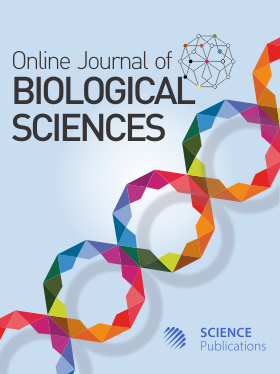Salt Tolerance and Cultivation Challenges of Jojoba (Simmondsia chinensis): A Review
- 1 Department of Plant Biotechnology, College of Agricultural and Food Sciences, King Faisal University, Al-Ahsa, Saudi Arabia
Abstract
Jojoba is considered to be salt tolerant, but little is known about the extent of its tolerance and the relative influence on ion uptake and ethylene production and other factors are affecting the mode of actions of jojoba salt tolerant. According to many research has done before including our article about the glyoxalase I gene from jojoba which exhibits moderate tolerance to soil salinity. Withstanding salinity levels up to about 8-10 ds/without significant adverse effects on growth and productivity. However, higher salinity levels can lead to reduced growth rates and lower yields. A main focus in plant biology has been the response of plants to salt stress and the mechanisms of salt tolerance. Abiotic stress significantly increases the level of Methylglyoxal (MG) and Glyoxalase I (Gly I) gene activity, the first of two enzymes involved in cellular detoxification. Abiotic stress causes large losses in agricultural production globally. The glyoxalase I sequences from the jojoba plant were quickly and easily identified as salt tolerance genes. The glyoxalase I gene was isolated, amplified by PCR using gene-specific primers, and sequenced from the jojoba plant. It was then compared to glyoxalase I sequences from organisms. The expression profiles of salt-related genes in the leaf transcriptome of Jojoba (Simmondsia chinensis) where analyzed to decipher the molecular mechanisms underlying salt stress tolerance in these species. RNA-Seq data revealed numerous differentially expressed genes most of which were upregulated under salt (NaCl) stress conditions. In a previous studies jojoba seeds were sown on germination media treated with varying concentrations of seawater, specifically 2000,3000, and 5000 ppm of final solute concentration. Salt-tolerant jojoba cultivars were selected and established using in vitro culture. After selection on germination media with different solute levels, shoot tips from the seedlings were grown on multiple-shoot induction media.
DOI: https://doi.org/10.3844/ojbsci.2025.487.492

- 128 Views
- 56 Downloads
- 0 Citations
Download
Keywords
- Jojba Plant
- Abiotic Stress
- Physiological Responses
- Methylglyoxal
- Glyoxalase I
